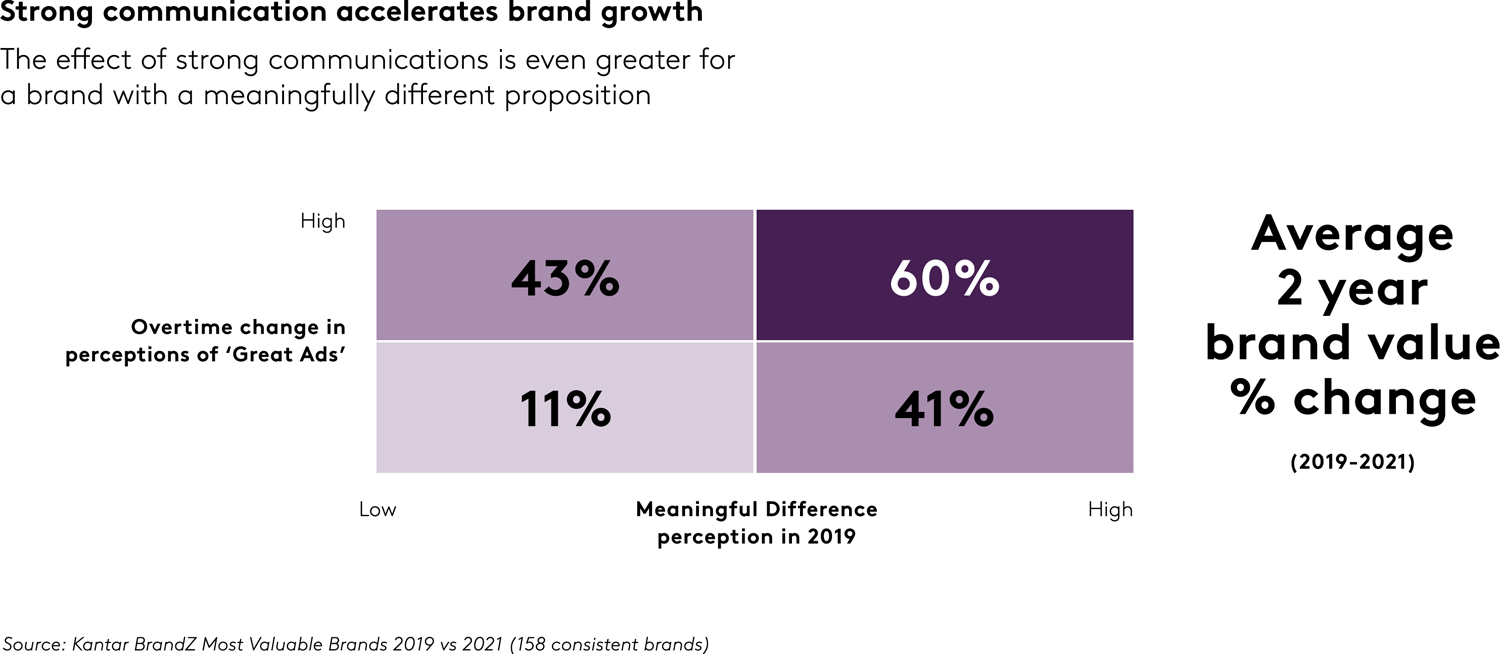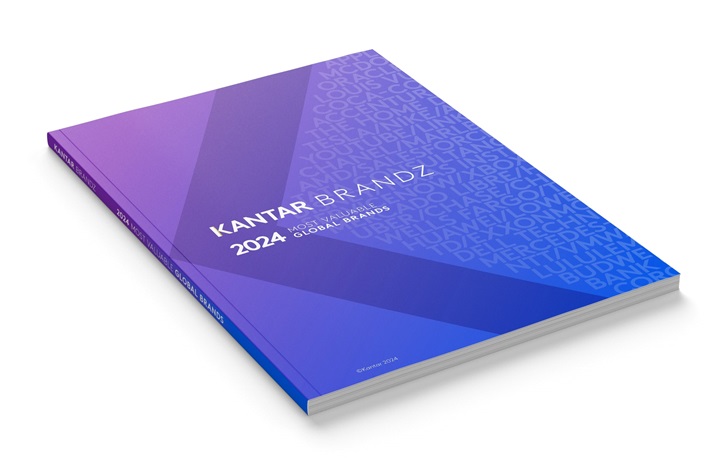When the COVID-19 pandemic first hit, many advertisers began asking how to respond to a crisis of such global proportions: both in terms of whether to keep advertising – and, if so, how to speak to consumers at a time of such disruption.
Since then, the world has watched Russia’s invasion of the Ukraine, and subsequently brands faced questions around how to respond in terms of their own advertising and business activities.
No two global crises are the same, of course, so brands need to carefully consider the context of the situation – including consumer perceptions - to make the right choice. But after more than two years of life in a pandemic, it’s fair to say that we’ve learned some lessons about the power of creativity in a crisis.
To advertise or not to advertise?
At the onset of the pandemic, marketers wrestled with whether it was appropriate to advertise during that time. Consumers were less concerned. Kantar’s COVID-19 Barometer found only 8% of people believed that companies should stop advertising.
Furthermore, media pressure studies showed that reducing advertising spend or stopping advertising entirely could lead to nearly irreversible market share losses. We know, then, that advertising awareness is a key driver of maintaining brand salience. But the question remains: when a crisis shocks businesses and consumers alike, should you change how you advertise?
How can communication help in a crisis?
The pandemic has changed several consumer habits – a consequence of people spending more time at home, encountering intermittent supply chain issues, and adjusting to a slow ‘return to normal’ in many parts of the world.
During this time, increased online shopping opened doors to brands that were previously out of people’s consideration set, and new experiences led to people exploring entirely new categories of products.
For many brands, the pandemic thus presented an opportunity to strengthen their relationship with existing consumers, or to recruit new ones. During this time advertising content has remained a great way for brands to put themselves on people’s radars.
To better understand the impact of strong communication during a crisis, let’s look at the BrandZ data, and at the impact of communication on value change between 2019 and 2021. We see that brands that invested in great communication accelerated their growth in that two-year period.
Even those brands that did not start with strong brand equity increased in value by an average of 43% if they invested strongly in communication during this time. This illustrates the power of good communications for any brand.
However, even greater brand value gains were seen among brands that started with a Meaningfully Different proposition prior to the pandemic, and, who were then supported by strong communications during the crisis. These brands increased their value by some 60%. This underscores the importance of supporting a Meaningfully Different proposition with strong creative.

What does successful creative in a crisis look like?
When lockdowns were first imposed, many brands chose to reference the changes that COVID-19 had brought into people’s lives. Not all of this “lockdown-era” messaging was created equal, however. In Kantar’s testing, ads that focused on specific ways that brands were helping their community, or that showed concrete ways brands could fit into people’s lives during lockdown, were both more effective than ads that focused on more general messaging around “getting through it together.”
There is an important lesson here – while we may share an experience, the creative response itself – however well-meaning – shouldn’t resort to being generic. It is important to connect with consumers in a way that is specific to you as a brand.
A great example of creativity in crisis is a French spot, ‘ONSIGNES 2 SÉCURITY - THE RETOUR’ for Burger King. It is a witty parody of an airline’s safety demonstration, with a pilot presenting COVID-19 precautions that Burger King has implemented in its restaurants. What’s more, the pilot introducing these precautions is none other than Fred Testot, who plays a pilot in a popular film, and whose “franglais” brings yet another layer of humour to a story filled with laugh-out-loud hyperbole.
Burger King - ‘ONSIGNES 2 SÉCURITY - THE RETOUR’
While lockdowns were by no means a happy time, Burger King found a way to use a humorous tone to speak to consumers. This was a great example of how creative can be effective in a crisis - and it is no surprise the ad took the #3 spot in Kantar’s Creative Effectiveness Awards in 2021.
Do crises change how people respond to advertising? While there are of course examples of creative missteps during a crisis, it takes a lot for a crisis to fundamentally and quickly change how the human brain works - how we perceive advertising. In the case of COVID-19, Kantar research showed that COVID-19 has not fundamentally changed how people perceive advertising, which meant that a business-as-usual approach would not be rendered ineffective as a result of lockdowns. So, continuing to build your brand without referencing the crisis was also a successful route.
Taking a different tack, Milka’s ‘And a lot of Milka’ campaign shows how a brand can stay true to its creative DNA without needing to reference a change in circumstance. Milka’s campaign landed in the Top 10 of the Kantar Creative Effectiveness awards two years in a row, in 2020 and 2021; both years, it focused on a sweet story of a young boy who collects Milka chocolate bars to put together a reward for a neighbour’s lost dog. When the dog finds his way, they all enjoy Milka together. So, while their consumers have been experiencing massive change, Milka’s advertising style did not do a step-change for the sake of a step-change. Instead, it focused on how Milka could keep bringing similarly positive stories to people at a time of great disruption.
Milka - ‘And a lot of Milka’
The above ads delivered a meaningful brand proposition, in ways that also pulled at audiences’ heart strings or gave them a good belly laugh. They suggest that while much has changed as a result of the pandemic, the elements of effective ad creative have not.
You can read more about creating powerful connections with consumers and marketing’s role in the latest Kantar BrandZ global report.


